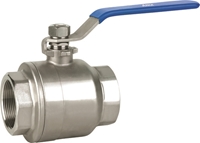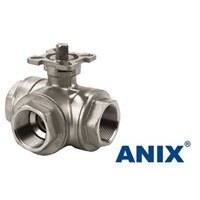Aluminum extrusion and profiles
in this post we will cover:
What are aluminium profiles and extrusions?
Why use aluminium profiles?
How to use aluminium profiles?
What are aluminium profiles and extrusions?
Ok so first, what is an aluminium profile, extrusion? By the term aluminium profile, people refer to an extruded aluminium profile that has structural integrity and attachment points formed from its profile. Another term that is used is T-slotted framing. Examples of profiles are shown below:
There are a lot of different types of extrusions i.e. cross-sections of aluminium profiles. The most common one is a square type with T-slots on all four sides. There are also different sizes, shapes, coatings, even curved profiles..
Why use aluminium profiles?
If you need to make a structure that requires substantial structural integrity, is not under high vibrating loads or forces and does not have to be super-precise then aluminium extrusions are the way to go. (Here we are talking about precision under 0,1mm (0.03″) ). Most common uses are for enclosures, guards, working stations, machine structures… There are also a lot of industrial machines that have their entire frame built out of these profiles. In automation and mechatronics they are also pretty common.
If you need to make a structurally sane enclosure you have a possibility to make it out of steel. You would then have to weld the stock bars, then grind them. There is a possibility that the structure will bend after welding so you might possibly have to machine it. Then for every attachment on the structure holes have to be drilled, so machining again. And then protect the material, usually by painting it. This is very laborious process. It definitely has its place and building with these profiles has limitstions. Because of that for some less challenging applications the aluminum extrusion structure is the way to go.
How to use aluminum profiles?
Aluminium extrusions are meant to be cut to size and attached one to the other by using fittings that are designed for this purpose. When you want to make a structure you need to figure out how to build it from straight parts of aluminum extrusions. For example a box like shown in the sketch bellow will be transformed so that every edge of the box is one aluminium extrusion.
Something like this example shown bellow. In this example the box is made out of 40×40 aluminium profiles. That means that profiles have dimensions of the cross section 40mm by 40mm.
Transforming straight lines from the sketch into aluminum extrusions is pretty basic. The only thing to consider is the size and shape of the profile. For carrying loads and similar information consult your supplier’s information. Connecting the profiles together is one thing to pay attention to. As mentioned above, the profiles have T-slot grooves along their length. There are a few different types of special T-nuts that are used for these slots.




